Angles
An angle is formed when two rays share a common endpoint, called the vertex. The amount of rotation from one ray to the other determines the size of the angle. Angles are measured in degrees, and there are several types of angles:
- Acute Angle: An angle that measures less than 90 degrees.
- Right Angle: An angle that measures exactly 90 degrees.
- Obtuse Angle: An angle that measures more than 90 degrees but less than 180 degrees.
- Straight Angle: An angle that measures exactly 180 degrees, forming a straight line.
- Reflex Angle: An angle that measures more than 180 degrees but less than 360 degrees.
Angles can be classified based on their relationship to each other:
- Adjacent Angles: Two angles that share a common vertex and a common side, but do not overlap.
- Complementary Angles: Two angles whose measures add up to 90 degrees.
- Supplementary Angles: Two angles whose measures add up to 180 degrees.
Understanding angles is important for various mathematical and real-world applications, such as geometry, trigonometry, and navigation.
Remember, the total measure of angles around a point is 360 degrees, and in a straight line is 180 degrees.
.◂Math Worksheets and Study Guides First Grade. Patterns
Study Guide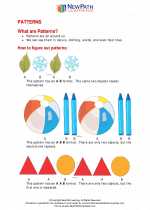 Patterns
Patterns  Activity Lesson
Activity Lesson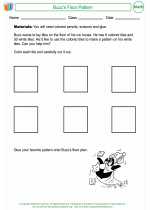 Buzz's Floor Pattern
Buzz's Floor Pattern  Worksheet/Answer key
Worksheet/Answer key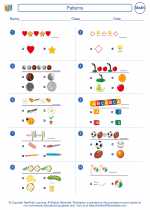 Patterns
Patterns  Worksheet/Answer key
Worksheet/Answer key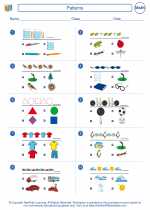 Patterns
Patterns  Worksheet/Answer key
Worksheet/Answer key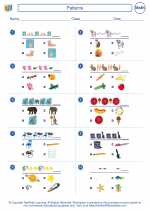 Patterns
Patterns  Worksheet/Answer key
Worksheet/Answer key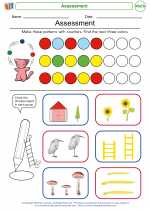 Assessment
Assessment  Worksheet/Answer key
Worksheet/Answer key Patterns
Patterns  Worksheet/Answer key
Worksheet/Answer key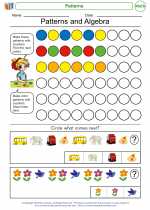 Patterns
Patterns  Worksheet/Answer key
Worksheet/Answer key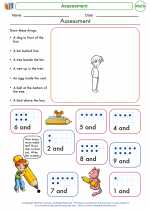 Assessment
Assessment  Worksheet/Answer key
Worksheet/Answer key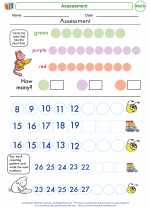 Assessment
Assessment  Worksheet/Answer key
Worksheet/Answer key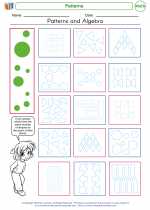 Patterns
Patterns  Worksheet/Answer key
Worksheet/Answer key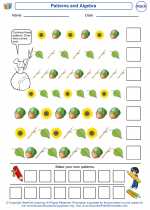 Patterns and Algebra
Patterns and Algebra  Worksheet/Answer key
Worksheet/Answer key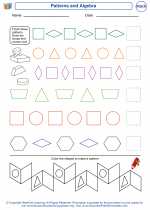 Patterns and Algebra
Patterns and Algebra  Worksheet/Answer key
Worksheet/Answer key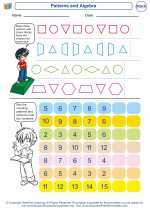 Patterns and Algebra
Patterns and Algebra  Worksheet/Answer key
Worksheet/Answer key Patterns and Algebra
Patterns and Algebra  Worksheet/Answer key
Worksheet/Answer key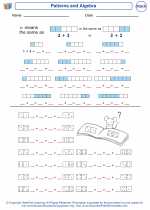 Patterns and Algebra
Patterns and Algebra  Worksheet/Answer key
Worksheet/Answer key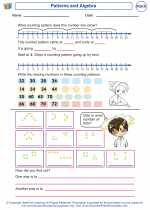 Patterns and Algebra
Patterns and Algebra  Worksheet/Answer key
Worksheet/Answer key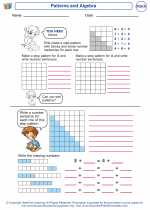 Patterns and Algebra
Patterns and Algebra  Worksheet/Answer key
Worksheet/Answer key Christmas Patterns
Christmas Patterns  Vocabulary/Answer key
Vocabulary/Answer key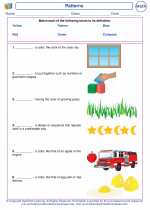 Patterns
Patterns 

 Activity Lesson
Activity Lesson
 Worksheet/Answer key
Worksheet/Answer key
 Worksheet/Answer key
Worksheet/Answer key
 Worksheet/Answer key
Worksheet/Answer key
 Worksheet/Answer key
Worksheet/Answer key
 Worksheet/Answer key
Worksheet/Answer key
 Worksheet/Answer key
Worksheet/Answer key
 Worksheet/Answer key
Worksheet/Answer key
 Worksheet/Answer key
Worksheet/Answer key
 Worksheet/Answer key
Worksheet/Answer key
 Worksheet/Answer key
Worksheet/Answer key
 Worksheet/Answer key
Worksheet/Answer key
 Worksheet/Answer key
Worksheet/Answer key
 Worksheet/Answer key
Worksheet/Answer key
 Worksheet/Answer key
Worksheet/Answer key
 Worksheet/Answer key
Worksheet/Answer key
 Worksheet/Answer key
Worksheet/Answer key
 Worksheet/Answer key
Worksheet/Answer key
 Vocabulary/Answer key
Vocabulary/Answer key

The resources above cover the following skills:
Algebra (NCTM)
Understand patterns, relations, and functions.
Recognize, describe, and extend patterns such as sequences of sounds and shapes or simple numeric patterns and translate from one representation to another.
Analyze how both repeating and growing patterns are generated.